Thailand's Rajamangala National Stadium in the second leg of the 2024 ASEAN Cup final - Photo: MK
In an effort to bring the World Cup back to Asia after two decades, the Japan Football Association (JFA) has proposed a plan to join forces with countries from the East Asia (EAFF) and Southeast Asia (AFF) regions to jointly submit a bid to host the 2046 World Cup.
Accordingly, the three East Asian representatives to host are Japan, South Korea and China. Meanwhile, the four proposed AFF representatives are Thailand, Indonesia, Malaysia and Singapore.
Dream facilities
A country that wants to apply to host the World Cup must meet FIFA's strict rules and standards. Specifically, there will be 3 categories for FIFA to review the application.
The third and equally important category is the technical assessment report: assessing the ability of the applicant country to provide the necessary infrastructure and commercial facilities to host the World Cup.
Due to the financial and physical scale of the World Cup, countries must demonstrate that they provide adequate quality stadiums, services and experience to host a major event.
That is why Japan chose Thailand, Indonesia, Malaysia, and Singapore - four Southeast Asian countries with good stadiums and facilities - to jointly submit a bid to host the 2046 World Cup.
Indonesia's ultra-modern Gelora Bung Karno Stadium - Photo: NK
Thailand has the Rajamangala National Stadium with a capacity of 70,000. Indonesia even has two large stadiums, Jakarta (82,000 seats) and Gelora Bung Karno (nearly 80,000 seats).
Malaysia has the Bukit Jalil National Stadium which has a capacity of nearly 90,000. Singapore has the National Stadium which has a capacity of 55,000.
Not to mention these four countries also have a series of other equally modern stadiums, with a capacity of 30,000 to 50,000 seats, along with many training grounds that meet Asian and world standards.
Look at others and think of yourself
Malaysia has just demolished the Shah Alam Stadium (capacity of more than 80,000 seats) due to deterioration to build a new stadium expected to be completed in 2029. The new stadium has a smaller capacity (35,000-45,000 seats) but is extremely modern with an automated roof and a humidity control system in the stadium.
My Dinh National Stadium is now degraded and outdated - Photo: NK
And Vietnam? We only have My Dinh National Stadium (over 40,000 seats) with the highest capacity.
But My Dinh National Stadium has seriously degraded and its architecture is much more outdated than other stadiums in the region. The renovation also encountered many problems with budget, management and investment procedures.
Sports facilities have been a weak and lacking issue in Vietnam for decades. For the past 22 years, Vietnam has only had My Dinh National Stadium.
Even the economic locomotive of the country like Ho Chi Minh City still does not have a large and modern stadium worthy of its stature. Rach Chiec National Sports Complex - where a 50,000-seat stadium was planned - is still a suspended plan after more than 30 years.
Without quality stadiums, participating in the World Cup or being an alliance to organize the World Cup will forever remain a dream for Vietnamese football.
Malaysia's world-class Bukit Jalil National Stadium - Photo: NK
Indonesia's modern 30,000-seat Wibawa Stadium - Photo: NK
Indonesia's 30,000-seat Pakansari Stadium - Photo: NK
Patriot Stadium with a capacity of 30,000 seats in Indonesia - Photo: NK
ORIGINAL
Source: https://tuoitre.vn/4-countries-of-east-nam-a-are-chosen-to-be-the-league-that-will-lead-the-world-cup-2046-why-do-viet-nam-thi-khong-2025072114553414.htm


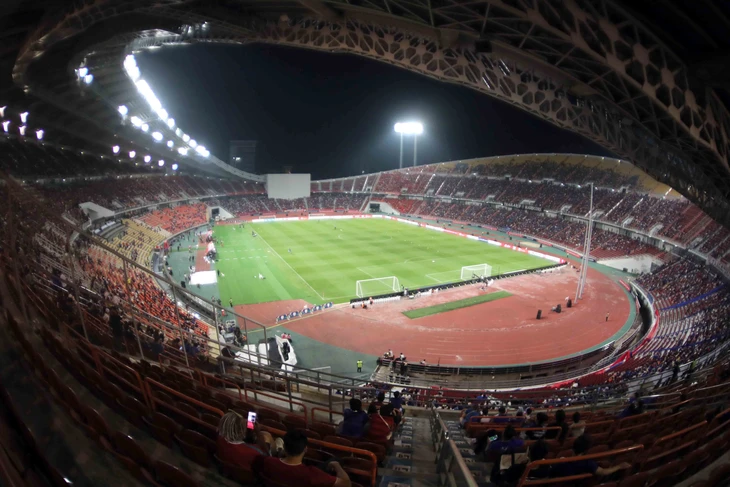
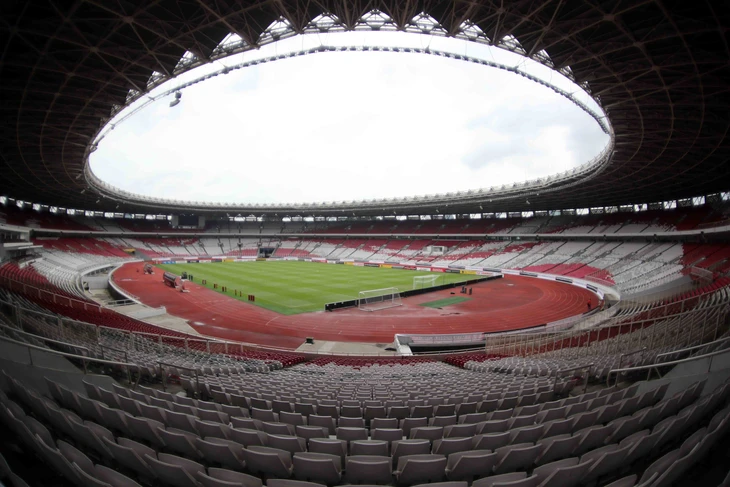
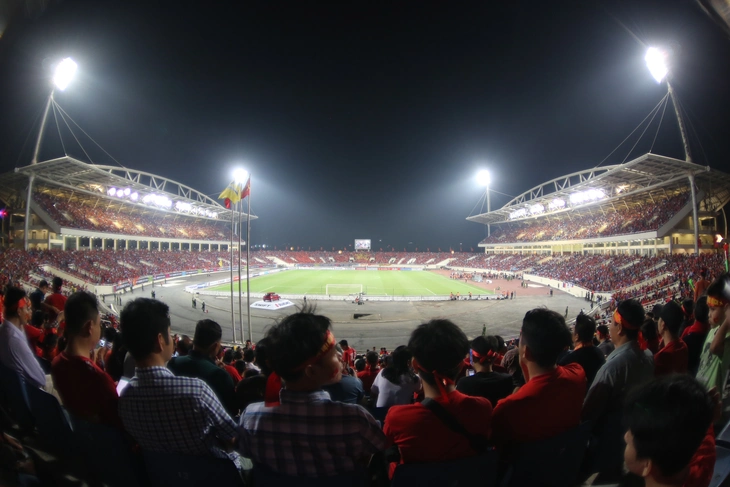
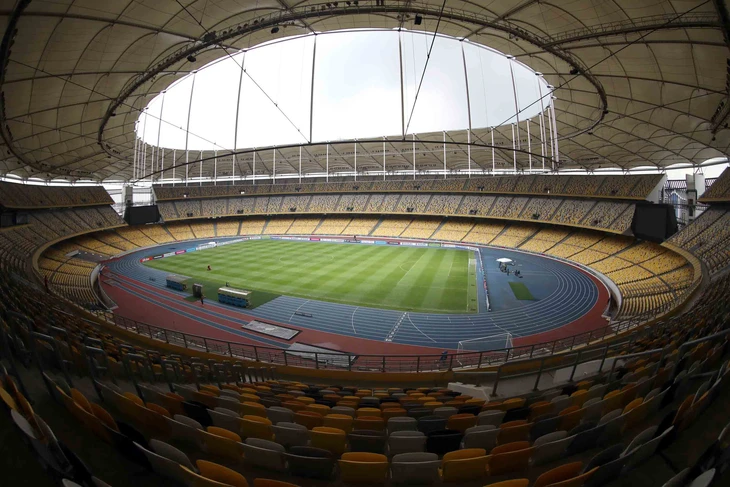
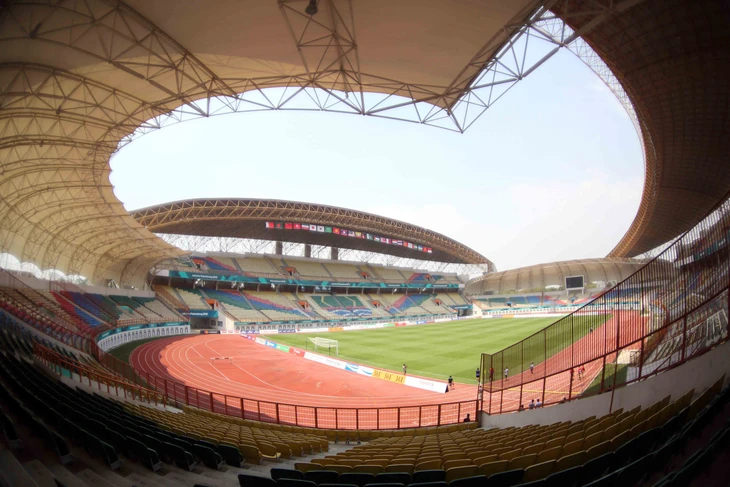
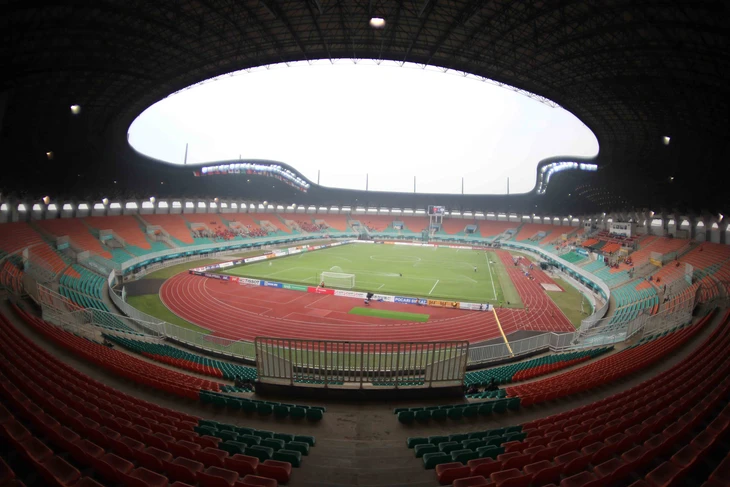
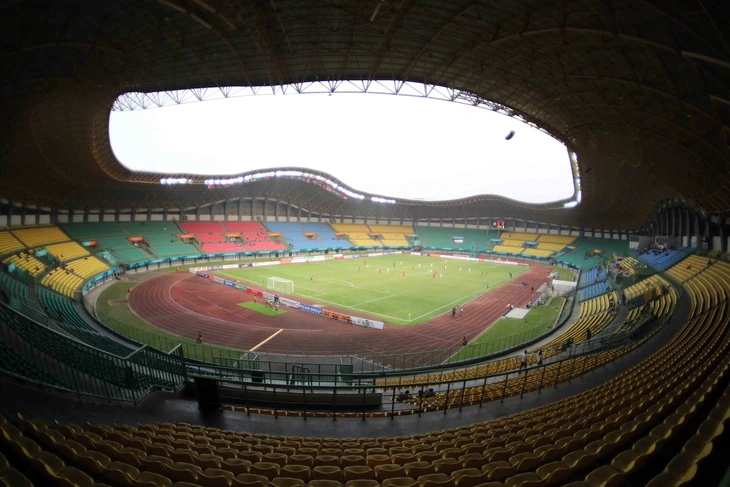
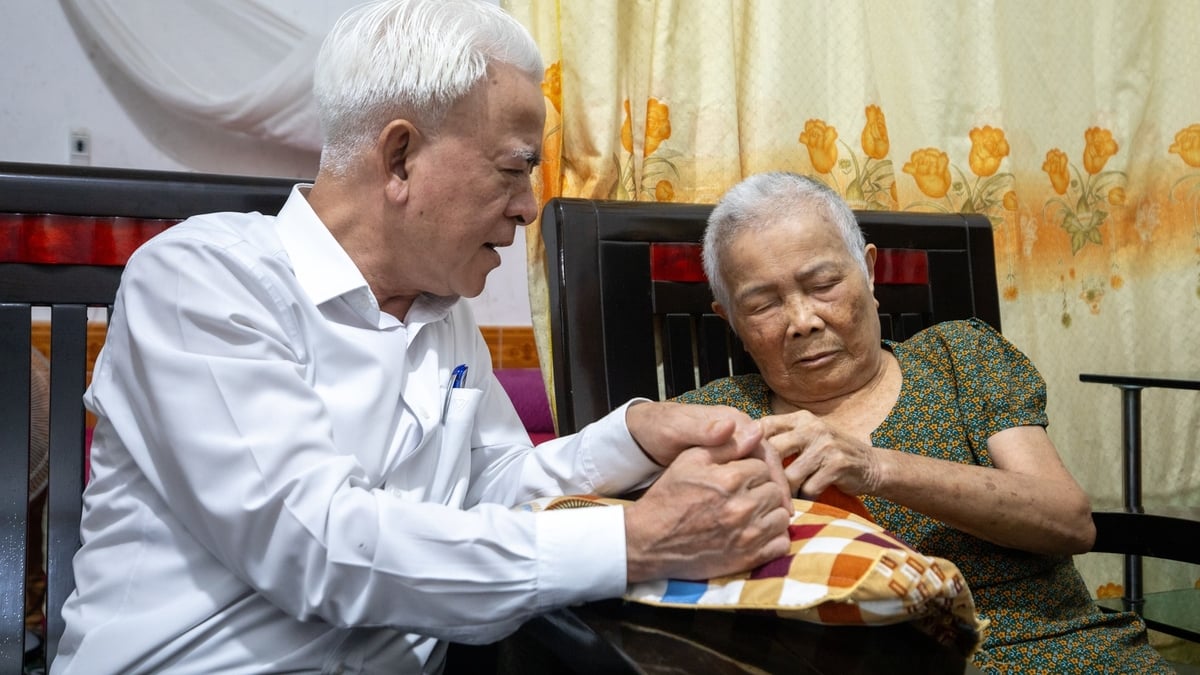
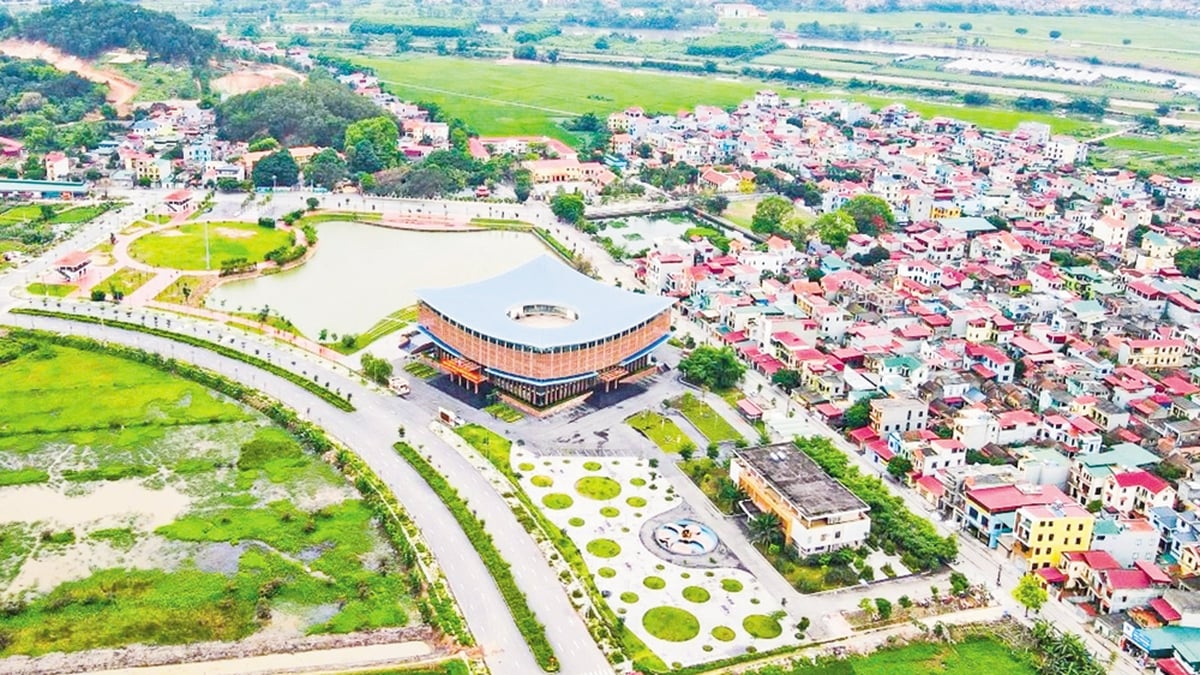
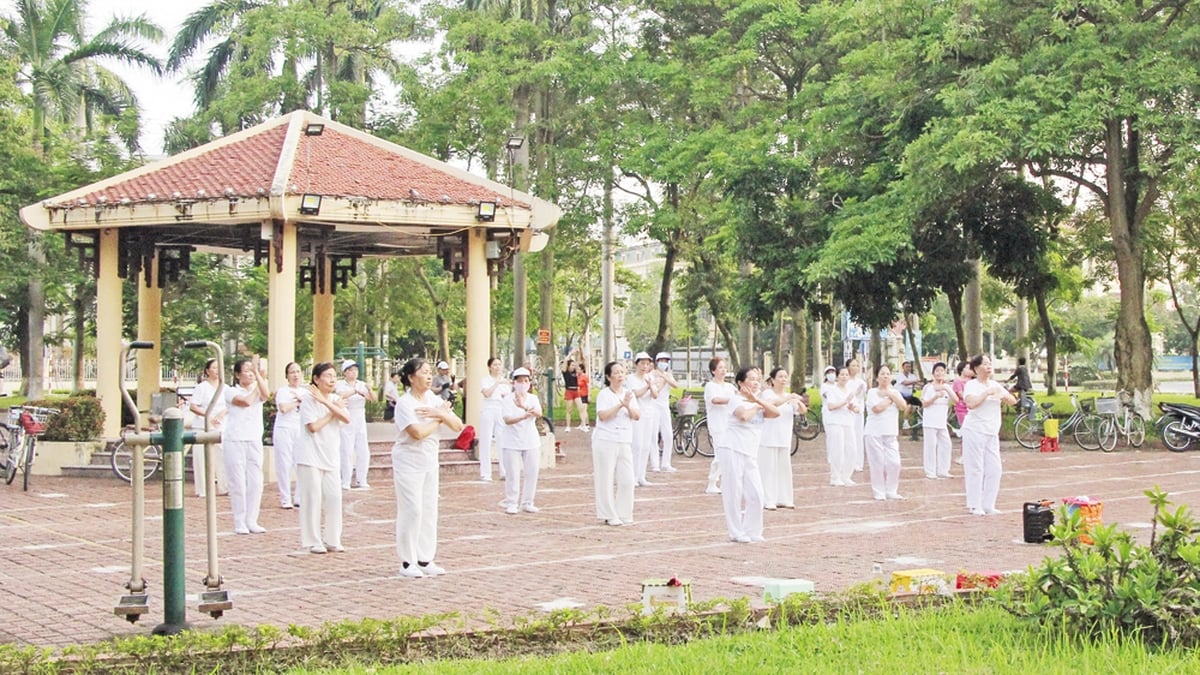

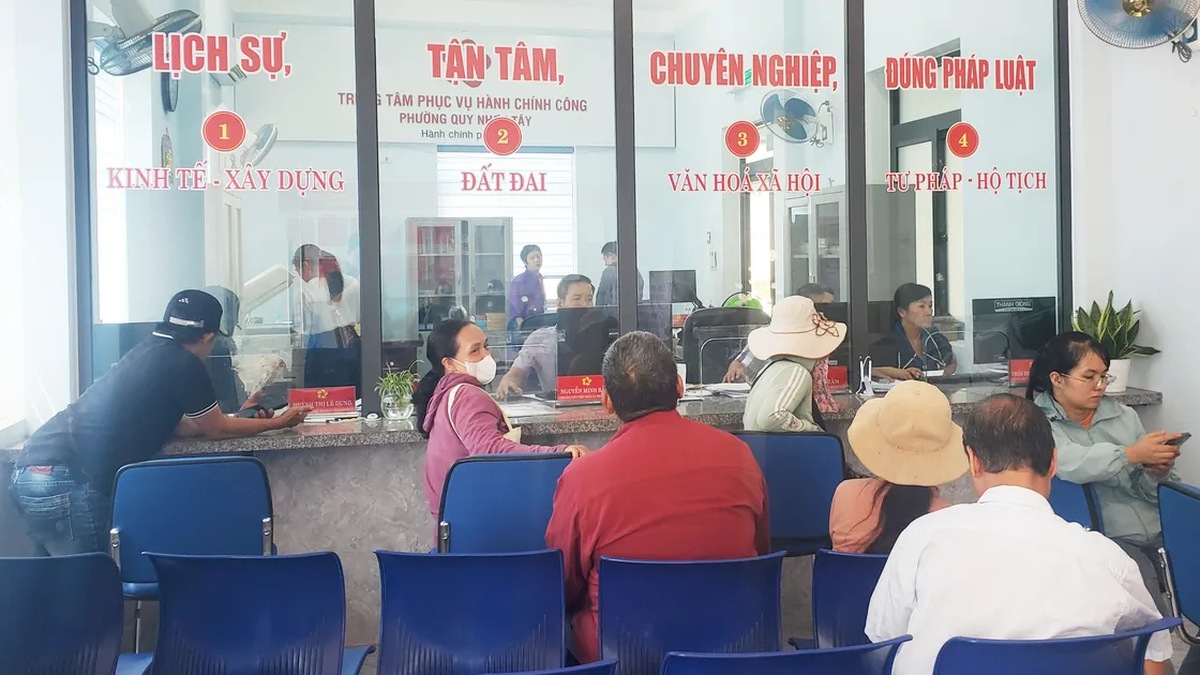
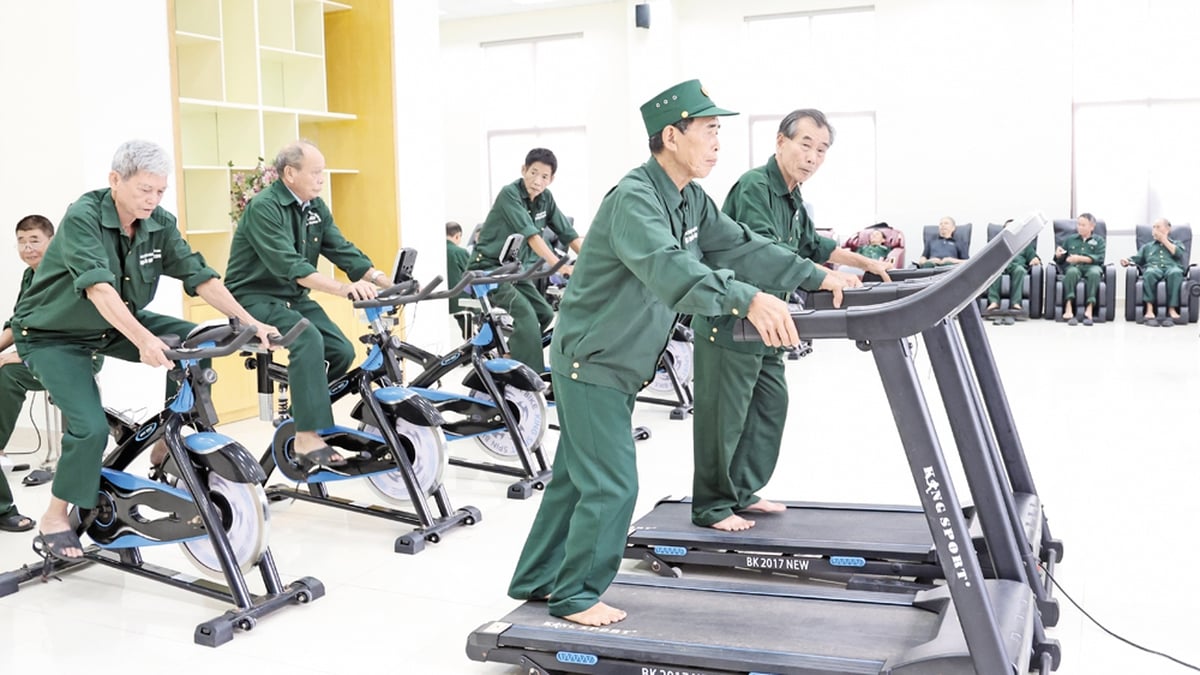


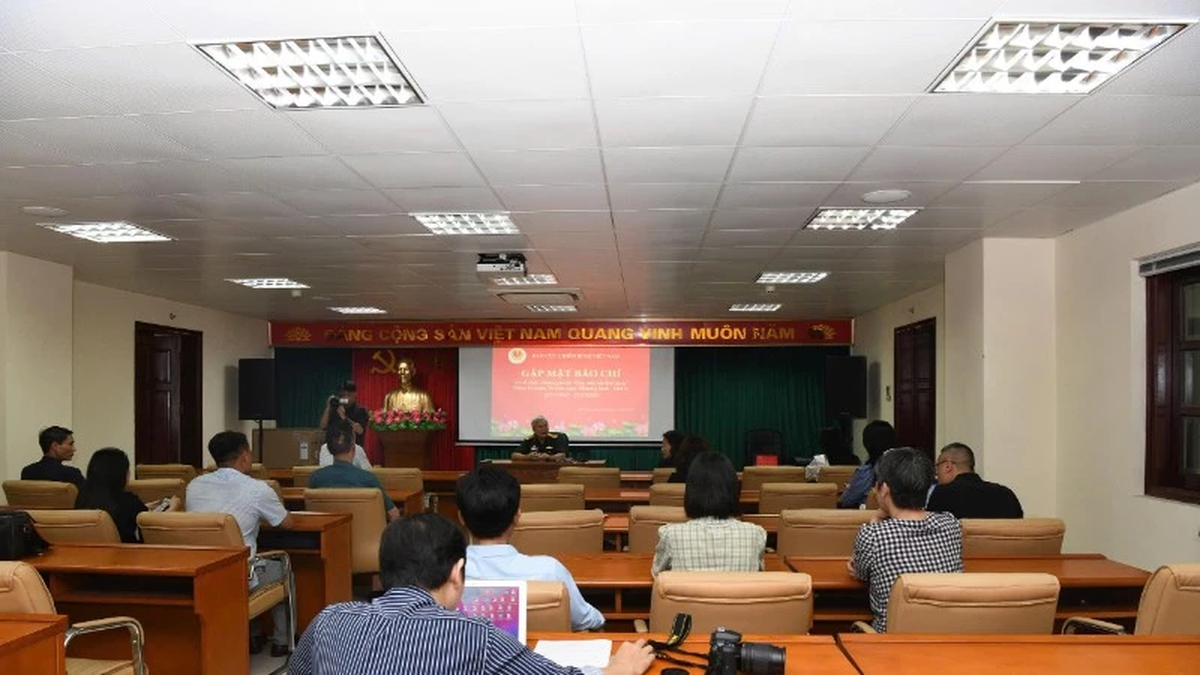
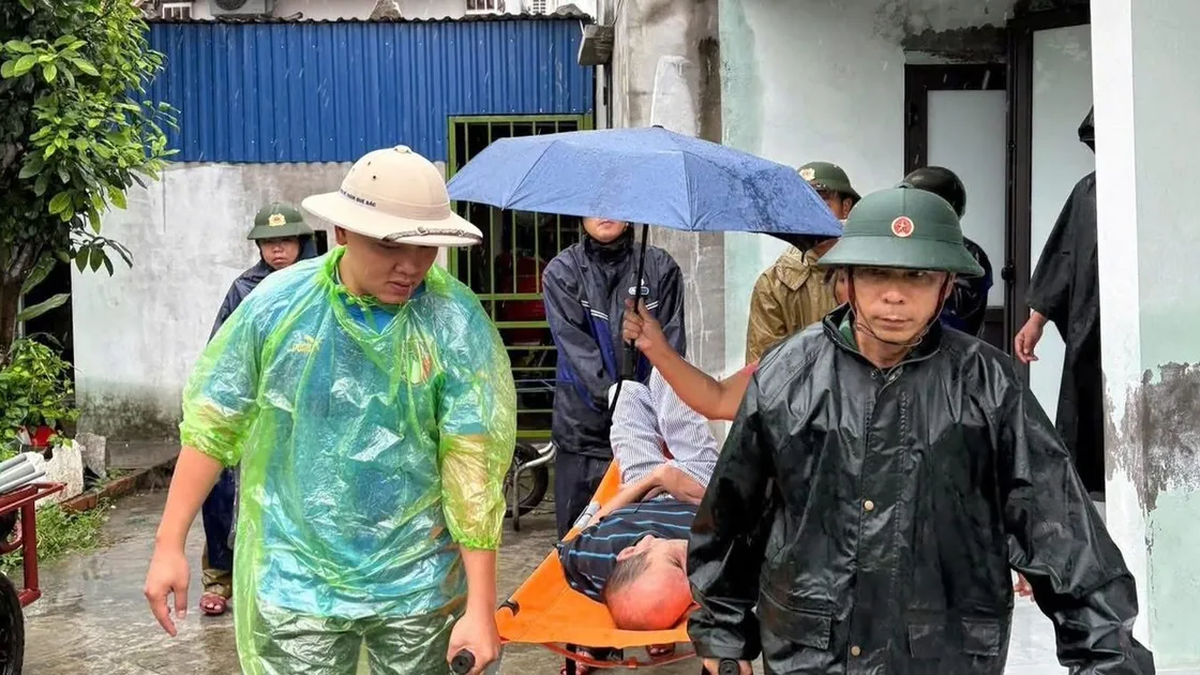



















![[Photo] National Assembly Chairman Tran Thanh Man visits Vietnamese Heroic Mother Ta Thi Tran](https://vphoto.vietnam.vn/thumb/1200x675/vietnam/resource/IMAGE/2025/7/20/765c0bd057dd44ad83ab89fe0255b783)





































































Comment (0)